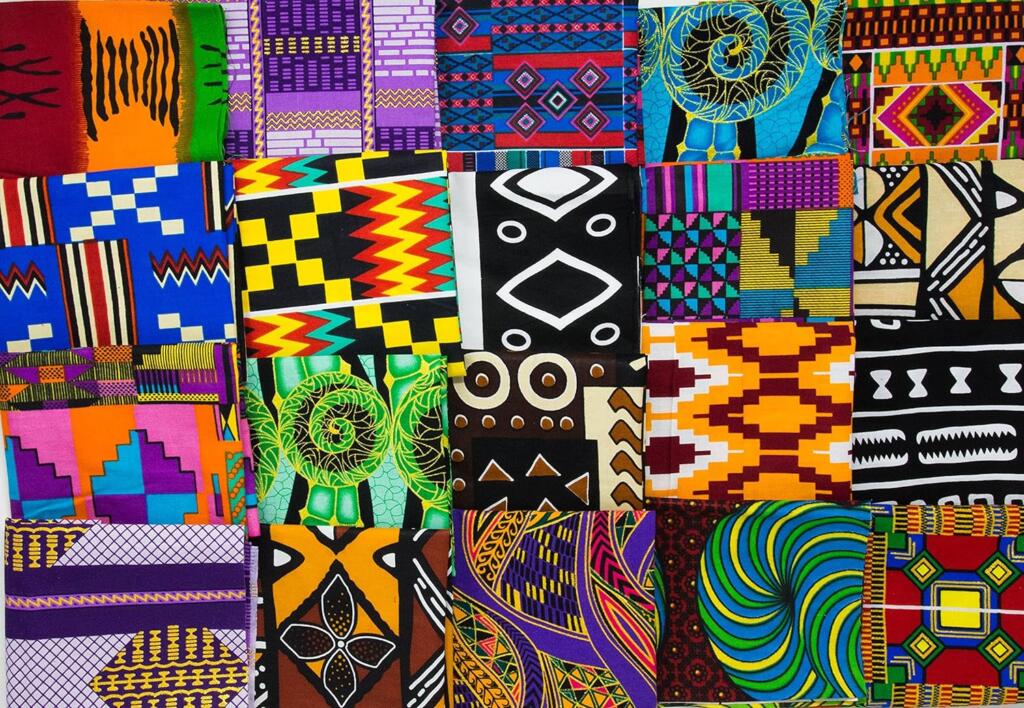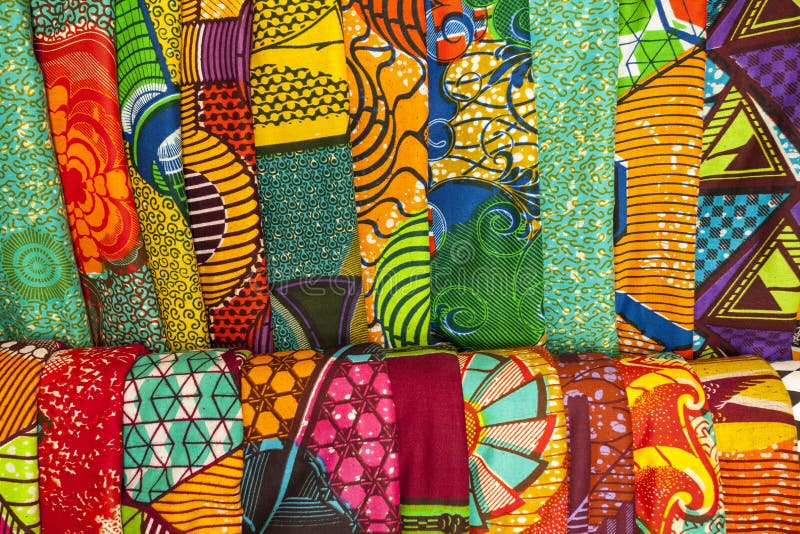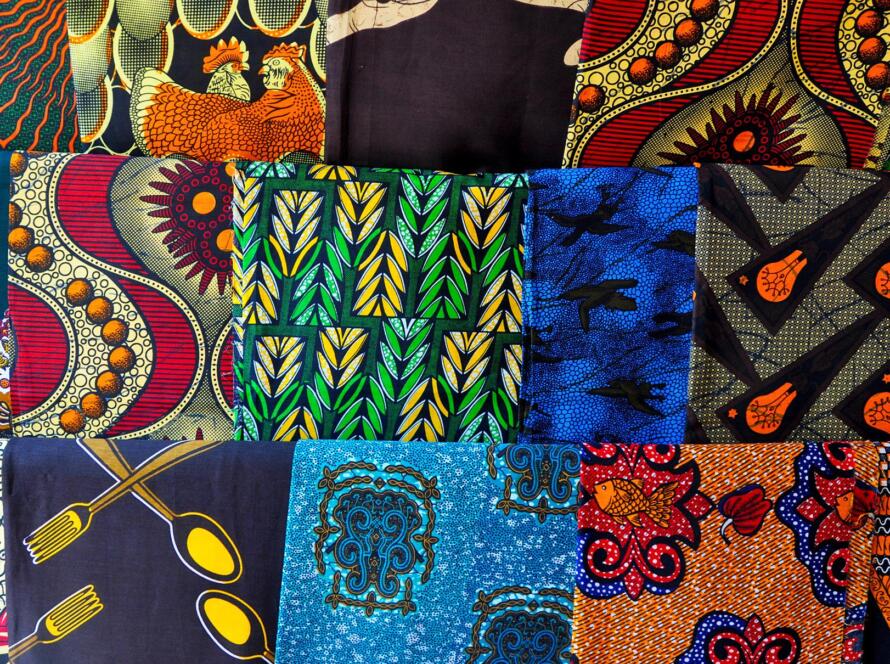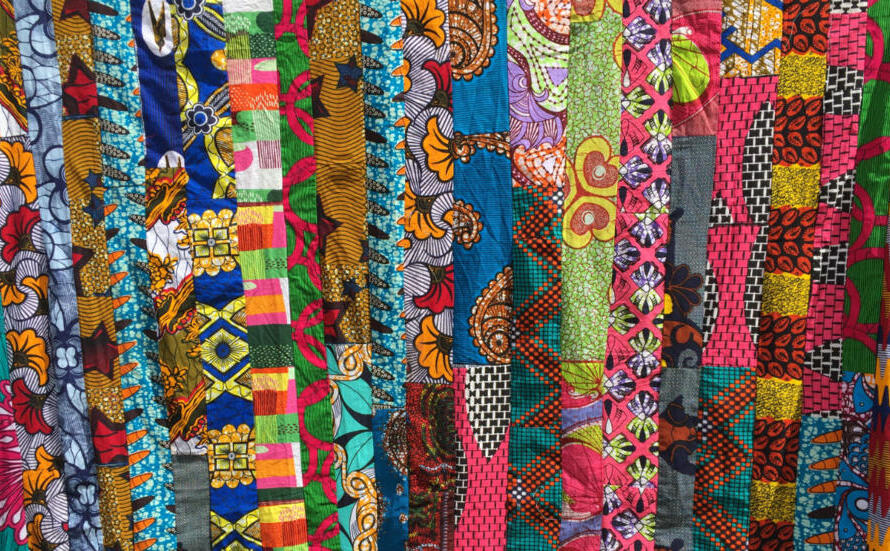
Unveiling the secrets behind the authenticity and quality of African print fabric is a fascinating journey into the world of manufacturing. From the vibrant wax prints of West Africa to the intricate batik designs of East Africa, these fabrics have captivated people around the globe with their unique patterns and cultural significance. But how can you ensure that you’re buying authentic African print fabric of the highest quality?
In this article, we will delve into the realm of African print fabric manufacturing, uncovering the secrets to distinguish the real deal from imitations. We will explore the intricate processes involved in creating these fabrics, from the selection of premium cotton to the meticulous dyeing and printing techniques.
Join us as we take you on a behind-the-scenes tour of the renowned African print fabric manufacturers. Discover the dedication and craftsmanship that goes into each piece, resulting in one-of-a-kind fabrics that embody the essence of African culture. Whether you’re a fashion enthusiast, designer, or simply someone intrigued by the beauty of African prints, this article will provide you with valuable insights on how to identify and appreciate the authenticity and quality of these remarkable fabrics.
The Origins of African Print Fabric

African print fabric holds a rich history that dates back centuries, with each region having its unique style and technique. In West Africa, the vibrant and colorful wax prints have become synonymous with African fashion, while East Africa boasts exquisite batik designs that showcase intricate patterns and motifs. Understanding the origins of these fabrics is essential in appreciating their authenticity and quality.
The roots of African print fabric can be traced back to the Dutch colonization of Indonesia in the 19th century. The Dutch brought their batik dyeing technique to Indonesia, and it was during this time that Javanese batik cloth found its way to West Africa through trade routes. The West Africans were captivated by the beauty and vibrancy of the batik designs, and they soon began to create their version of the fabric using local materials and techniques.
In East Africa, the origins of batik can be attributed to the Swahili culture, which has a long history of textile production. The intricate patterns and motifs seen in East African batik fabric are inspired by the region’s diverse cultural influences, including Arab, Indian, and European. The process of creating batik involves applying wax to the fabric in specific patterns, which acts as a resistance to the dye. The fabric is then dyed, and the wax is removed to reveal the intricate designs.
These fabrics hold deep cultural significance for the African people, as they are often used to communicate messages and tell stories. Each pattern and motif has a meaning, whether it represents fertility, wealth, or social status. The symbolism embedded in African print fabric adds to its allure and makes it a cherished part of African culture.
History and significance of African print fabric
African print fabric, also known as Ankara or Dutch wax print, has a rich history and cultural significance. It originated in the mid-19th century when Dutch merchants introduced Indonesian batik fabrics to West Africa. The local population quickly embraced these vibrant textiles and transformed them into their unique style.
One of the key factors that sets African print fabric apart is its symbolism. Each pattern and color combination carries a specific meaning, often reflecting aspects of African traditions, beliefs, and values. For example, a fabric with a geometric design may represent unity, while a floral pattern could symbolize beauty and growth. These fabrics are not just pieces of cloth; they are a form of visual storytelling, connecting wearers to their heritage and identity.
The popularity of African print fabric has soared in recent years, as fashion designers and enthusiasts from around the world have recognized its beauty and cultural significance. Today, these fabrics are not only worn as traditional attire but also incorporated into contemporary fashion and interior design, making a bold and vibrant statement.
Different types of African print fabric
African print fabric encompasses a wide range of styles, each with its unique characteristics. Some of the most popular types include:
- Wax Prints: These are characterized by their vibrant colors and distinctive waxy texture. They are created by applying hot wax to the fabric in specific patterns, which then resist the dye during the coloring process, resulting in intricate designs. Wax prints are commonly associated with West African countries such as Nigeria, Ghana, and Ivory Coast.
- Kente Prints: Kente is a traditional Ghanaian fabric that is hand-woven on looms. It features bold and intricate geometric patterns, often in bright, contrasting colors. Kente prints are highly regarded for their craftsmanship and are worn on special occasions and celebrations.
- Kitenge Prints: Kitenge is a popular East African fabric, particularly in countries like Kenya and Tanzania. It is typically made from cotton and features vibrant patterns and colors. Kitenge prints are versatile and can be used for clothing, home decor, and accessories.
- Adire Prints: Adire is a traditional Nigerian fabric that is made using resist-dyeing techniques. The fabric is tied, stitched, or clamped before being dipped into a dye bath, resulting in unique and intricate patterns. Adire prints are known for their indigo blue color and are often used for traditional Yoruba attire.
These are just a few examples of the diverse range of African print fabrics available. Each type has its own history, symbolism, and cultural significance, making them truly special and distinctive.
Factors to consider when choosing African print fabric manufacturers
When it comes to purchasing African print fabric, it is important to choose reputable and authentic manufacturers. Here are some key factors to consider:
- Experience and expertise: Look for manufacturers with a long-standing history in the industry. Established manufacturers have honed their craft and are more likely to produce high-quality fabrics. They will have a deep understanding of the traditional techniques and cultural significance associated with African print fabric.
- Sourcing of materials: Pay attention to the materials used by the manufacturers. Authentic African print fabric is typically made from premium cotton, which ensures durability and comfort. Manufacturers who prioritize the use of high-quality materials are more likely to produce fabrics that stand the test of time.
- Production processes: Take into account the production processes employed by the manufacturers. Traditional techniques such as hand-dyeing and hand-printing contribute to the authenticity and uniqueness of African print fabric. Manufacturers that prioritize craftsmanship and attention to detail will produce fabrics with intricate designs and vibrant colors.
- Ethical practices: Consider the ethical practices of the manufacturers. It is important to support manufacturers that prioritize fair trade and sustainable production. This ensures that the artisans involved in the manufacturing process are treated fairly and that the environment is not harmed during production.
By considering these factors, you can ensure that you are purchasing African print fabric from manufacturers who value authenticity, quality, and sustainability.
Authenticity and quality indicators of African print fabric
Authentic African print fabric is known for its high quality and unique characteristics. Here are some indicators to look out for when determining the authenticity and quality of these fabrics:
- Vibrant colors: Authentic African print fabric is characterized by its vibrant and bold colors. The colors should be rich and saturated, without any fading or bleeding. The fabric should also have a consistent color throughout, indicating a thorough dyeing process.
- Intricate designs: African print fabric is renowned for its intricate and detailed designs. The patterns should be clear and well-defined, with no smudging or blurring. The lines should be sharp and the motifs should be symmetrical.
- Even printing: The printing on African print fabric should be even and consistent. There should be no gaps or inconsistencies in the patterns. The printing should also be visible on both sides of the fabric, indicating a thorough and meticulous printing process.
- Crisp texture: Authentic African print fabric has a distinct texture that is often waxy or slightly stiff. This texture is a result of the wax-resist dyeing process used in the production. The fabric should have a smooth and crisp feel, without any signs of pilling or fraying.
By paying attention to these indicators, you can ensure that you are purchasing authentic African print fabric of the highest quality.
Tips for purchasing African print fabric from manufacturers
When purchasing African print fabric from manufacturers, here are some tips to keep in mind:
- Research and educate yourself: Take the time to research different manufacturers and familiarize yourself with the characteristics of authentic African print fabric. This will help you make informed decisions and identify high-quality fabrics.
- Request fabric samples: If possible, request fabric samples from the manufacturers before making a purchase. This will allow you to assess the quality, texture, and colors of the fabrics firsthand. It will also allow you to verify the authenticity of the prints.
- Ask for certification: Some manufacturers may provide certification or labels that guarantee the authenticity and quality of their fabrics. Look for certifications such as “Genuine Wax Print” or “Made in Africa” to ensure that you are purchasing authentic African print fabric.
- Support local artisans: Consider purchasing African print fabric directly from local artisans or cooperatives. This ensures that the artisans receive fair compensation for their work and helps sustain traditional craftsmanship.
By following these tips, you can make informed decisions and support authentic African print fabric manufacturers.
Supporting local African print fabric manufacturers
Supporting local African print fabric manufacturers is not only a way to obtain authentic and high-quality fabrics but also a means of sustaining traditional craftsmanship and supporting local economies. By purchasing directly from local artisans or cooperatives, you can contribute to the preservation of cultural heritage and empower communities.
One way to support local African print fabric manufacturers is by seeking out small-scale producers and independent designers. These individuals often have a deep understanding of the cultural significance of the fabrics and prioritize authenticity and quality. Purchasing from them directly not only ensures that you are getting authentic fabrics but also allows you to establish a personal connection with the artisans.
Another way to support local African print fabric manufacturers is by participating in fair trade initiatives. Fair trade organizations work to ensure that artisans receive fair compensation for their work and promote sustainable production practices. By purchasing from fair trade-certified manufacturers, you can contribute to the well-being of the artisans and the preservation of traditional craftsmanship.
In conclusion, African print fabric is not just a fabric; it is a testament to the rich history, cultural significance, and artistic craftsmanship of Africa. By exploring the world of African print fabric manufacturing, we have uncovered the secrets to distinguishing authentic fabrics of the highest quality. From understanding the history and significance of these fabrics to identifying reputable manufacturers, we have gained valuable insights into the beauty and cultural importance of African print fabric.
Next time you see a vibrant African print fabric, take a moment to appreciate the dedication and craftsmanship that went into creating it. By supporting authentic African print fabric manufacturers, you are not only acquiring a unique piece of fabric but also becoming part of a story that spans generations.




